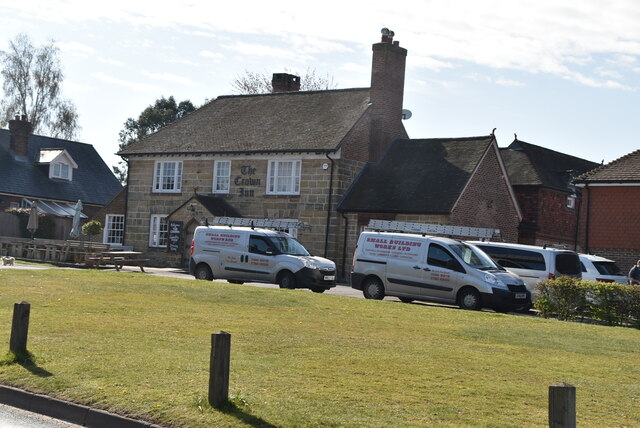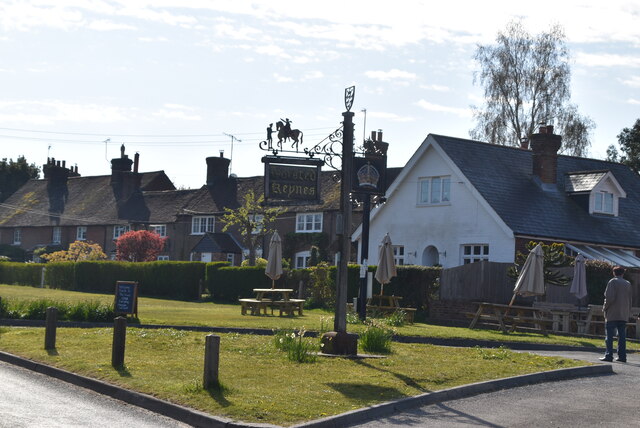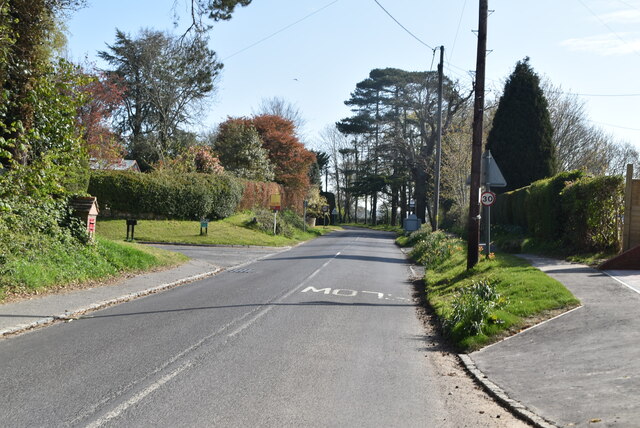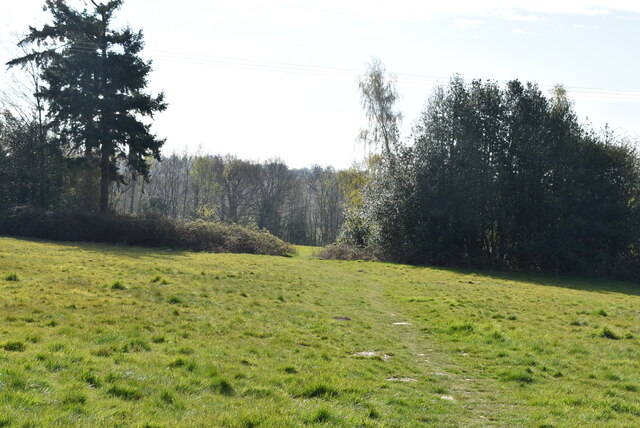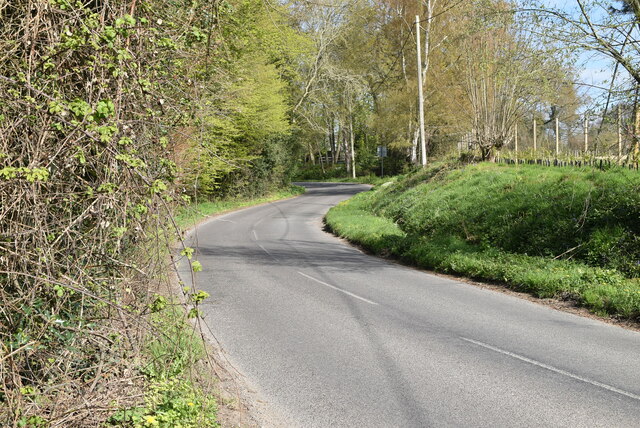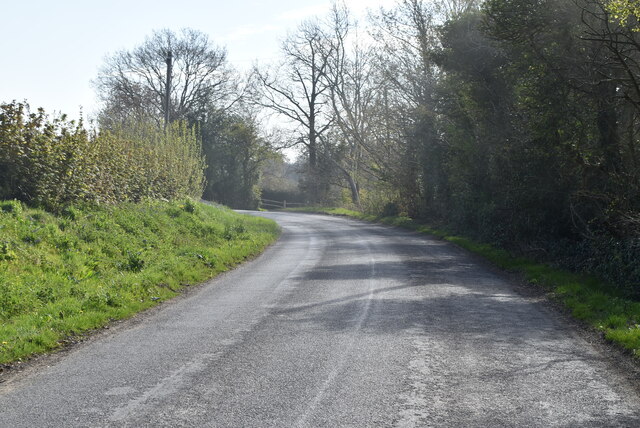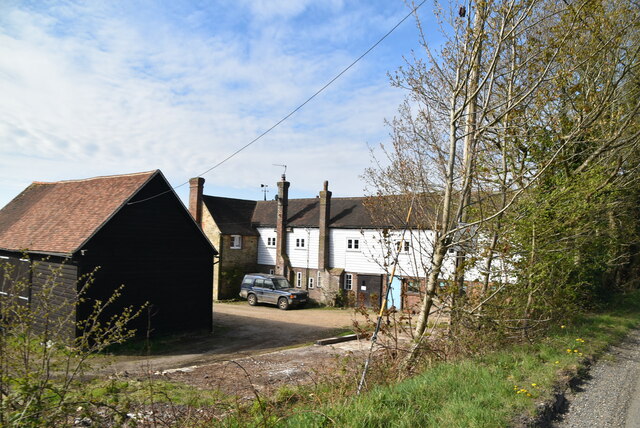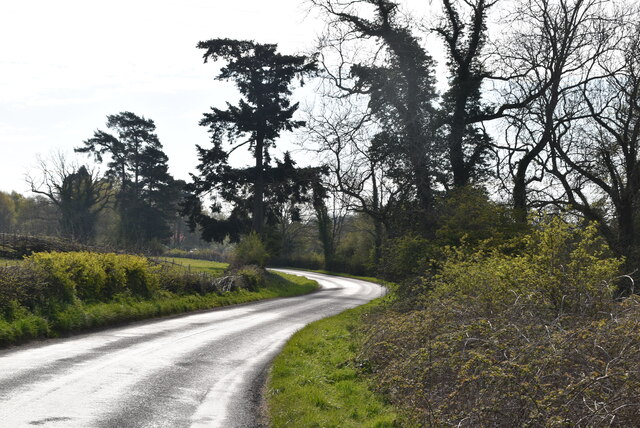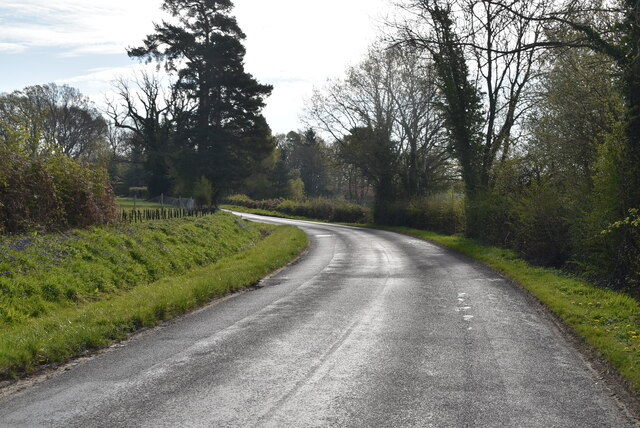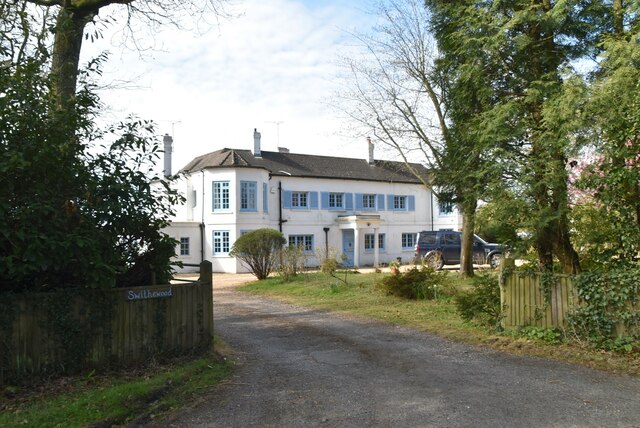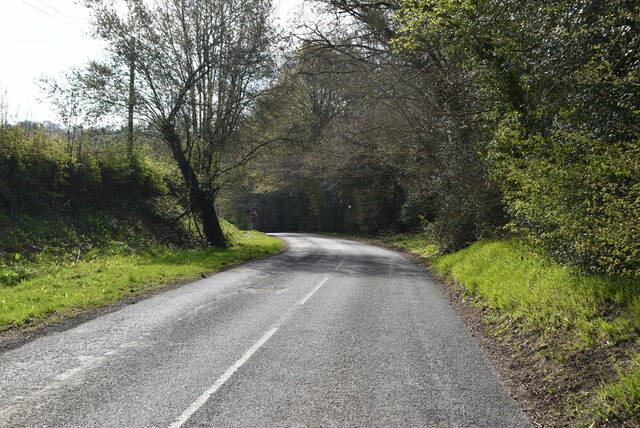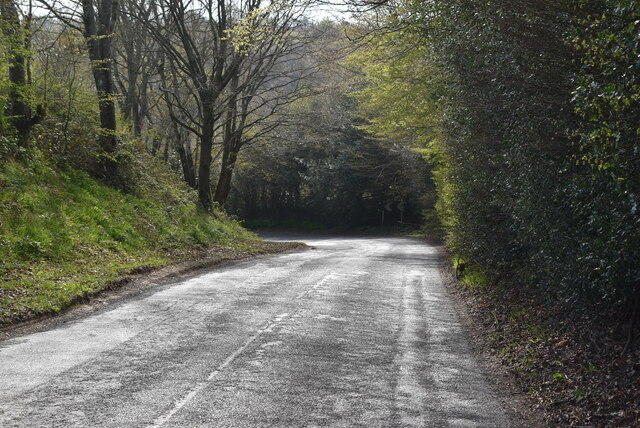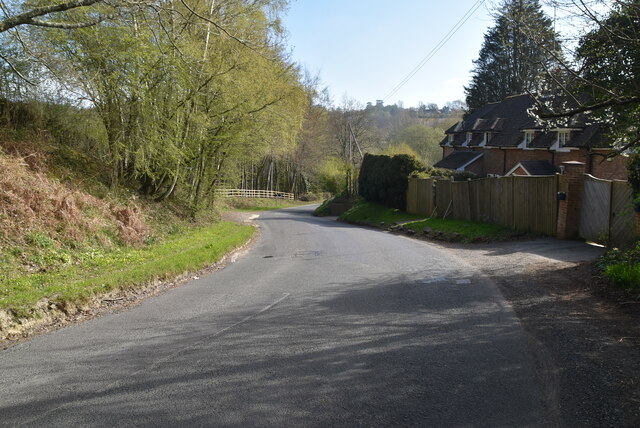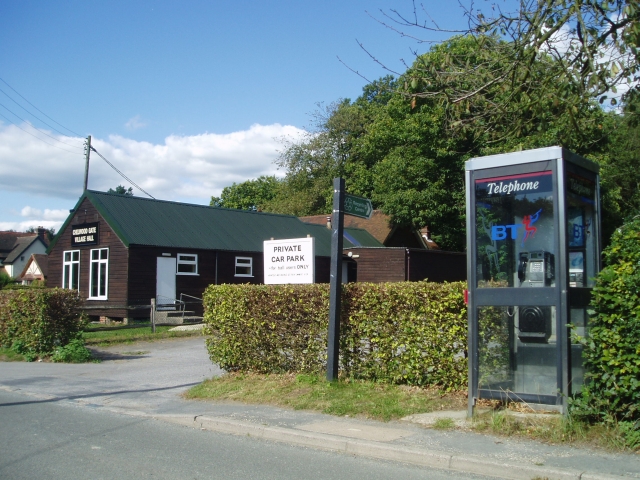Long Wood Plantation
Wood, Forest in Sussex Wealden
England
Long Wood Plantation
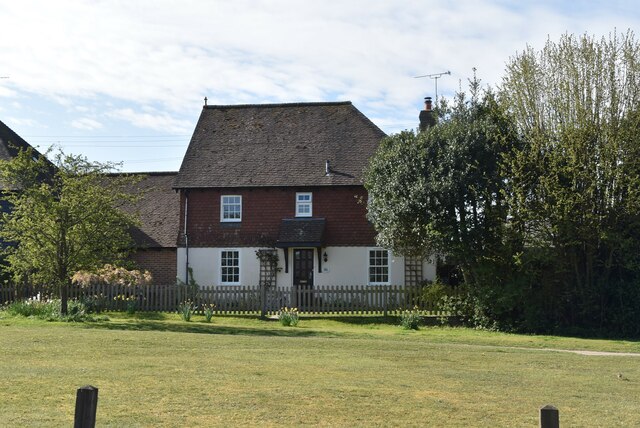
Long Wood Plantation is a stunning forest located in Sussex, England. Spanning over a vast area, this woodland offers a serene and picturesque setting for nature enthusiasts and hikers alike.
The plantation is known for its dense and ancient wood, composed mainly of towering oak and beech trees. These majestic giants create a canopy of lush green foliage, providing a cool and tranquil atmosphere as visitors explore the area. The forest floor is adorned with a diverse range of wildflowers, ferns, and mosses, adding to the enchanting beauty.
Long Wood Plantation is home to a variety of wildlife, making it a popular spot for birdwatching and animal spotting. Visitors may catch a glimpse of native species such as deer, foxes, badgers, and a multitude of bird species. The peacefulness of the forest allows for a sense of harmony between humans and animals, providing a unique opportunity to observe them in their natural habitat.
For those seeking a more active experience, Long Wood Plantation offers a network of well-maintained trails suitable for hiking and cycling. These trails wind through the woodland, showcasing the diverse flora and fauna that inhabit the area. The plantation also provides picnic areas and designated camping spots, allowing visitors to immerse themselves in the beauty of nature.
Long Wood Plantation is a true gem in Sussex, offering a peaceful escape from the hustle and bustle of everyday life. Whether you are seeking relaxation, adventure, or a deeper connection with nature, this woodland provides an idyllic setting for all.
If you have any feedback on the listing, please let us know in the comments section below.
Long Wood Plantation Images
Images are sourced within 2km of 51.041759/-0.001309638 or Grid Reference TQ4028. Thanks to Geograph Open Source API. All images are credited.

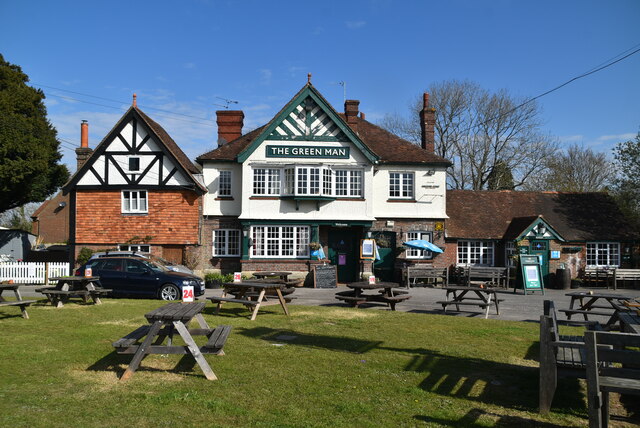
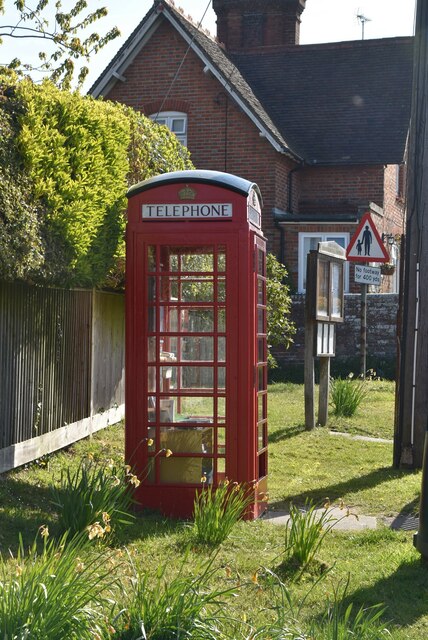
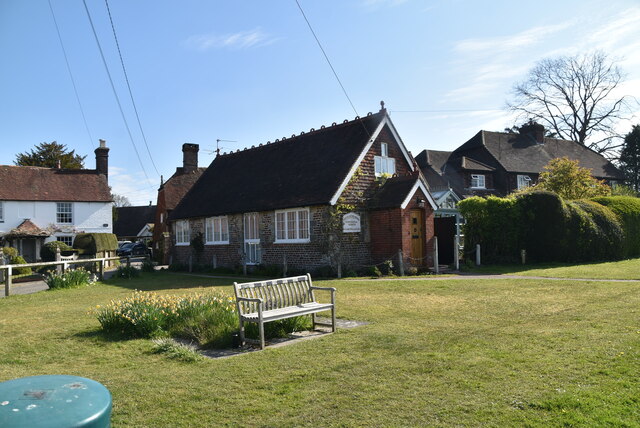
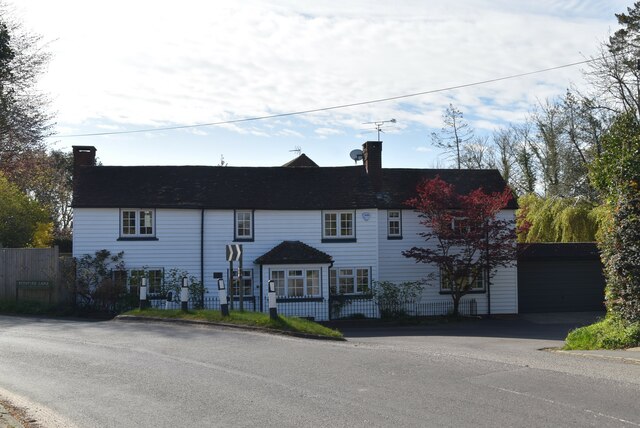
Long Wood Plantation is located at Grid Ref: TQ4028 (Lat: 51.041759, Lng: -0.001309638)
Administrative County: East Sussex
District: Wealden
Police Authority: Sussex
What 3 Words
///scornful.flashback.mammoths. Near Horsted Keynes, West Sussex
Nearby Locations
Related Wikis
Danehill, East Sussex
Danehill is a village in East Sussex, England. == Religious sites == There are two Anglican churches in the parish: one at Danehill (dedicated to All Saints...
Isaac Roberts' Observatory
Isaac Roberts' Observatory was an observatory, installed in the private home of the British astronomer Isaac Roberts. It was in Crowborough, Sussex, and...
Birch Grove
Birch Grove, Horsted Keynes, West Sussex, England is a country house dating from 1926. It was the family home of the British prime minister Harold Macmillan...
St Giles' Church, Horsted Keynes
St Giles' Church is an Anglican church in the village of Horsted Keynes in Mid Sussex, one of seven local government districts in the English county of...
Chelwood Gate
Chelwood Gate is a small village within the civil parish of Danehill in the Wealden district of East Sussex, England. Its nearest town is Uckfield, which...
Horsted Keynes
Horsted Keynes KAYNZ is a village and civil parish in the Mid Sussex District of West Sussex, England. The village is about 5 miles (8 km) north east...
Lindfield & High Weald (electoral division)
Lindfield & High Weald is an electoral division of West Sussex in the United Kingdom, and returns one member to sit on West Sussex County Council. ��2...
Furner's Green
Furner's Green is a hamlet in the civil parish of Danehill in East Sussex, England. == Geography == Furner's Green lies on the Greenwich Meridian about...
Nearby Amenities
Located within 500m of 51.041759,-0.001309638Have you been to Long Wood Plantation?
Leave your review of Long Wood Plantation below (or comments, questions and feedback).
